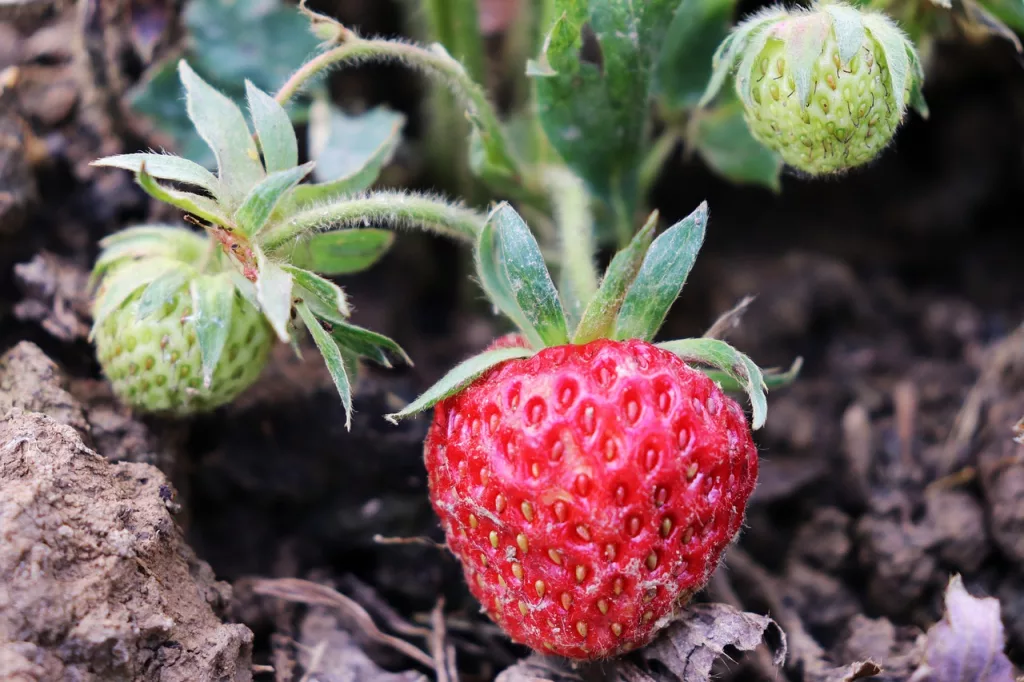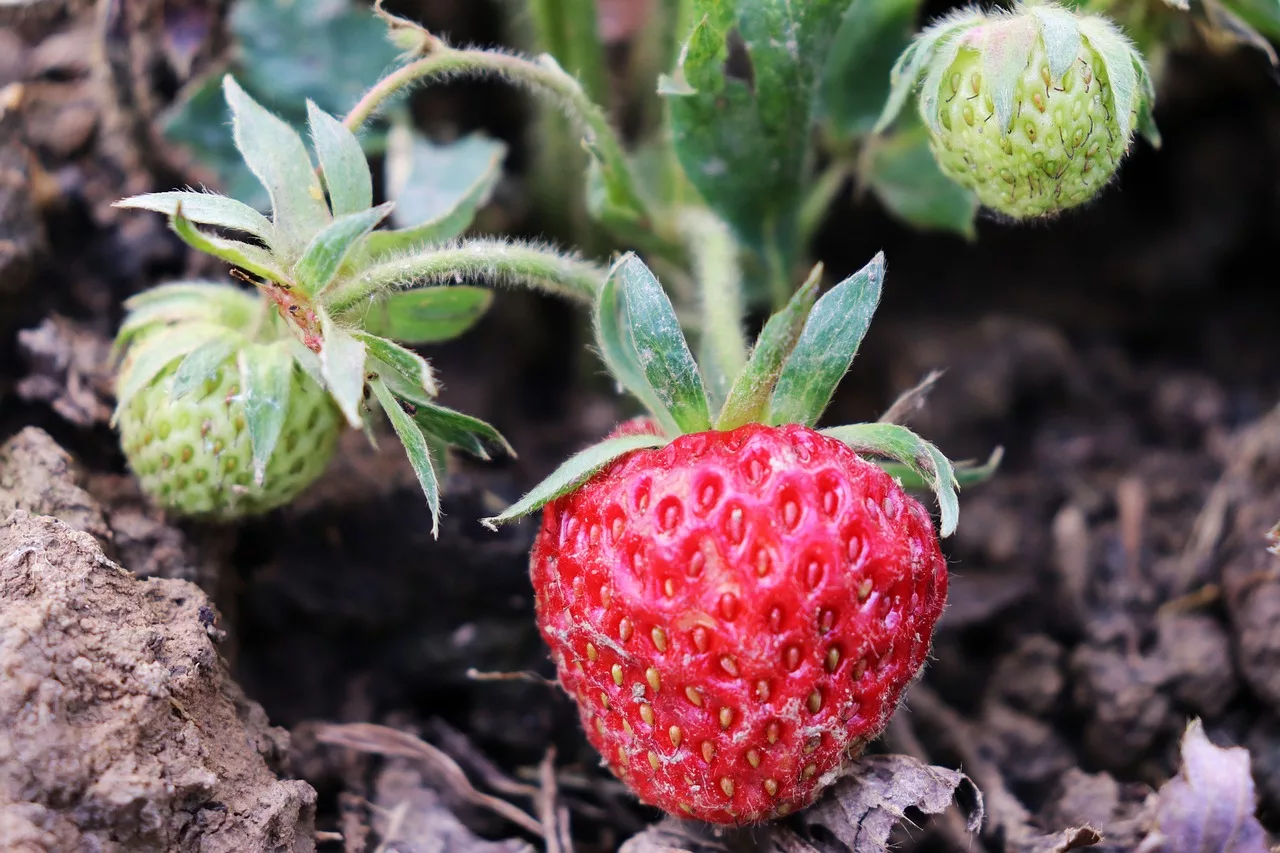Strawberries are one of the most beloved fruits in the world, and they can be grown in practically any region. If you want to know how quickly strawberries grow, you’ve come to the right place. In this blog article, we’ll show you everything you need to know about growing strawberries, from how long it takes them to grow to what kind of climate they grow best in. By the end of this article, you’ll know everything there is to know about growing strawberries quickly and successfully. So let’s get started!
How Long Does it Take for Strawberries to Grow?
Strawberries are a fast-growing crop that can be harvested within a few weeks of planting. Planting from seed can take up to six weeks before the seedlings can be transplanted. Once transplanted, it can take up to two months before the flowers appear and the plants begin to bear fruit.
The exact time it takes for strawberries to grow will depend on the variety you’re growing, the climate you’re in, and the care you’re giving them. The berries may take longer to ripen if growing in cooler weather. The berries may ripen faster if you’re growing in a warmer climate.
With proper care, strawberries can produce fruit for up to three years. After that, they must be replaced with new plants to continue producing fruit.

Introduction – What You Need to Know About Growing Strawberries
Growing strawberries is a great way to enjoy fresh, juicy strawberries year-round. Whether you’re a beginner or an experienced gardener, growing strawberries don’t have to be complicated or time-consuming. All you need is the proper knowledge and a bit of patience. Here’s what you need to know to get started growing strawberries.
First, you need to understand that strawberries are a type of perennial plant, meaning they will come back year after year with minimal care. They need to be cared for properly to produce a good harvest.
Strawberries need sunlight, water, and fertilizer to have a good crop.
Second, you need to know the proper planting techniques. Strawberries can be planted from seed or from potted plants. When growing from seed, use a soil-less mix and keep the soil moist until the seedlings are established. When producing from potted plants, use light, sandy soil.
Finally, you must know the common pests and diseases affecting strawberries. Common problems include aphids, slugs, and snails. Common diseases include verticillium wilt, leaf spot, and crown rot. To protect your plants from pests, keep the area around your plants clean and free of debris.
What Kind of Climate Do Strawberries Grow Best In?
Strawberries can be grown in various climates, but they do best in temperate climates with warm days and cool nights. Generally, the ideal temperature range for growing strawberries is 60-80 degrees Fahrenheit.
The amount of sunlight your strawberry plants get is also significant. Strawberries need at least six hours of sunlight daily to produce a good crop. If you live in an area with shorter days, you can supplement the daylight with artificial lights.
Finally, you want to ensure your strawberry plants are not exposed to too much heat or cold. The plants may not produce flowers or fruit if it’s too hot.
Soil Preparation for Growing Strawberries
Soil preparation is an essential step in growing strawberries. You want to ensure that the soil you use is light and well-draining. The ideal soil pH for strawberries is between 5.5 and 6.5. You can test the pH of your soil with a soil test kit.
You also want to ensure the soil is rich in organic matter. Add organic matter to the soil by compost, manure, or other organic materials. This will help the soil retain moisture and provide nutrients for the plants.
Finally, you want to ensure the soil is free of weeds and pests. You can do this by tilling the soil before planting and mulching the strawberry plants after planting.

Harvesting Strawberries
Once the strawberry plants have flowered and the berries have begun to form, you can start harvesting. The exact time for harvest will depend on the variety you’re growing and the climate you’re in. Strawberries are generally ready to be harvested when they become bright red and quickly come off the stem.
When harvesting strawberries, you want to be gentle so as not to damage the plants. You can pick the berries by hand or use a strawberry picker. Once you’ve harvested the berries, you can store them in the refrigerator for up to a week.
Conclusion
Growing strawberries doesn’t have to be complicated or time-consuming. You can enjoy fresh, juicy strawberries year-round with the proper knowledge and patience. We hope this blog article has given you the information to start growing strawberries quickly and successfully. So get out there and start growing!

